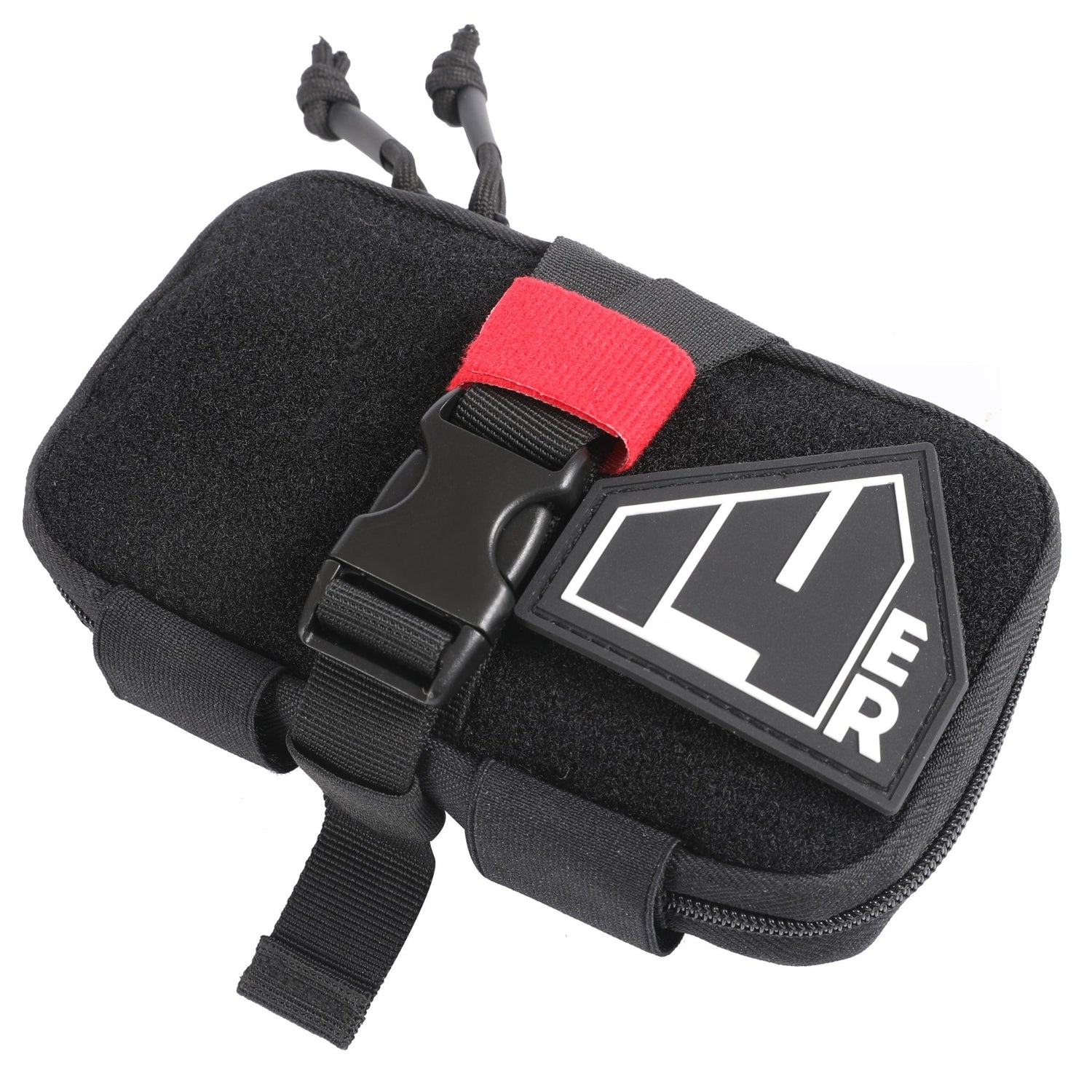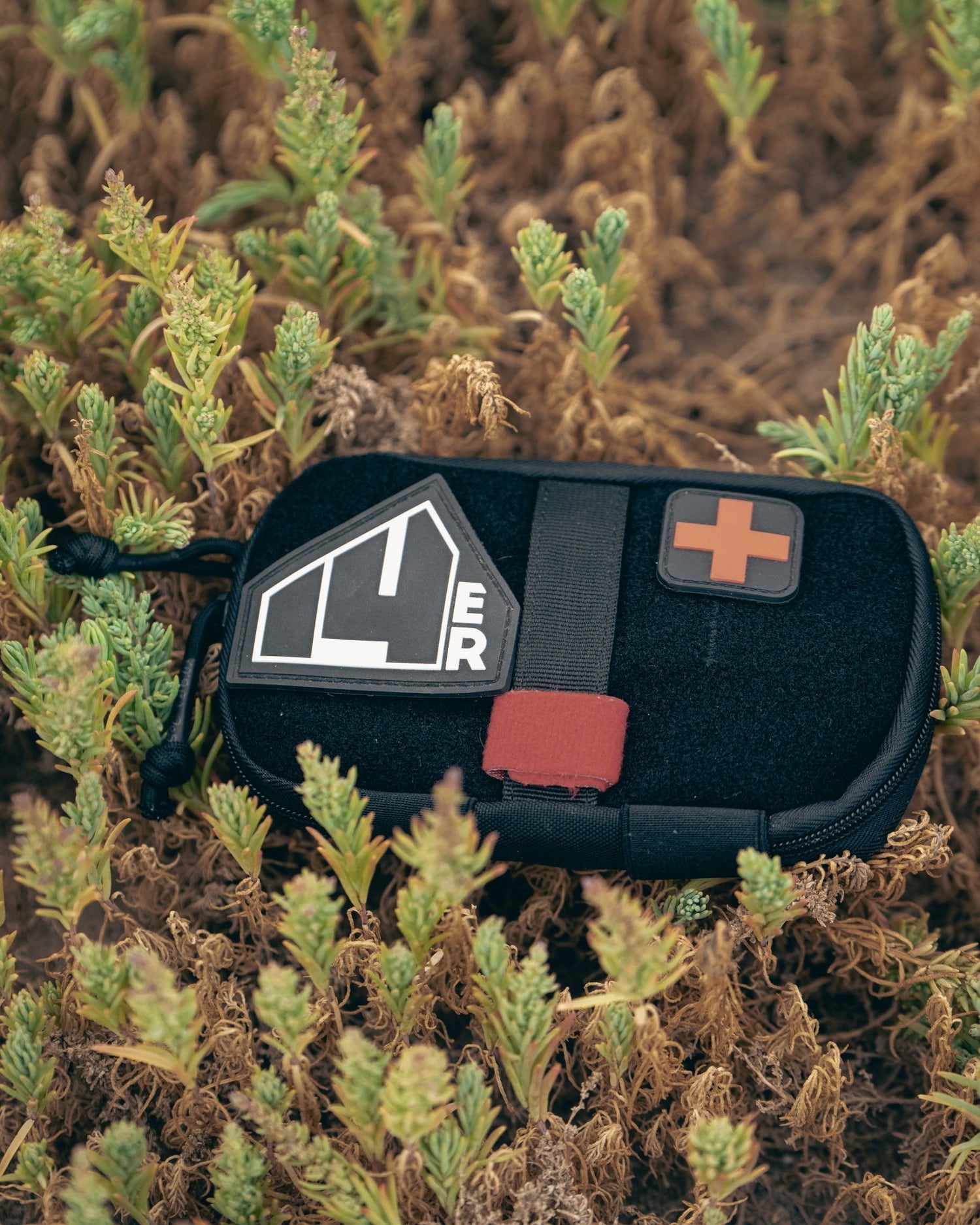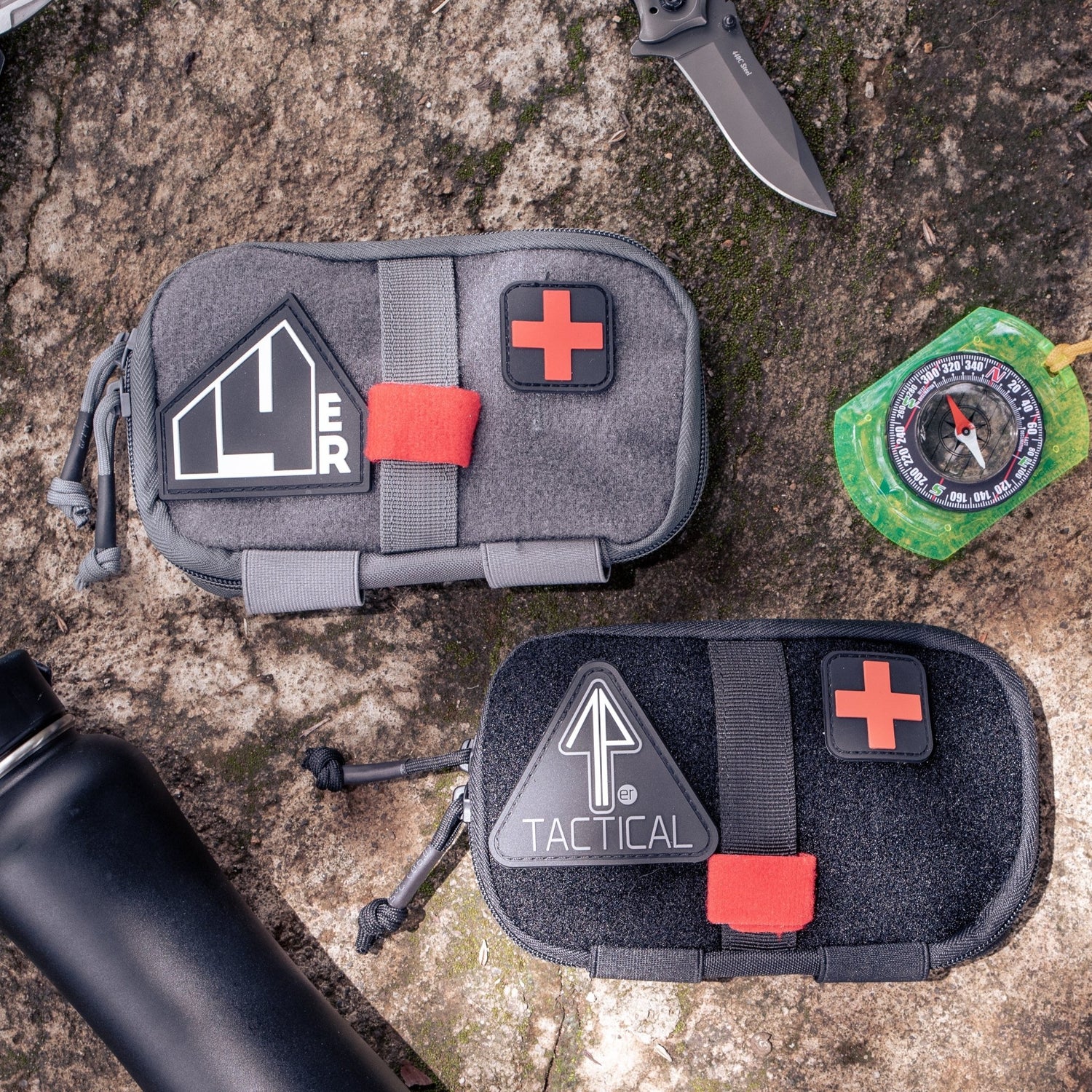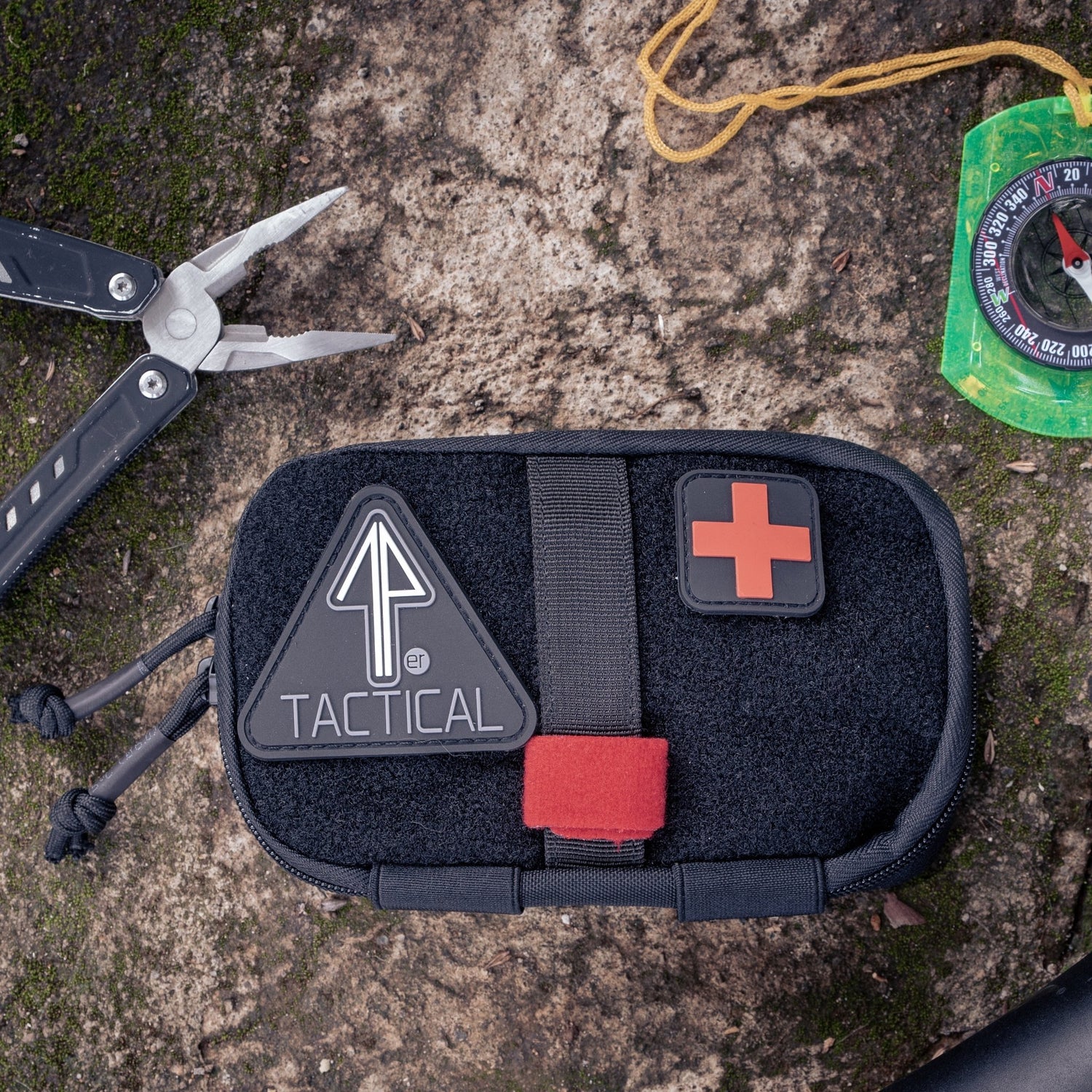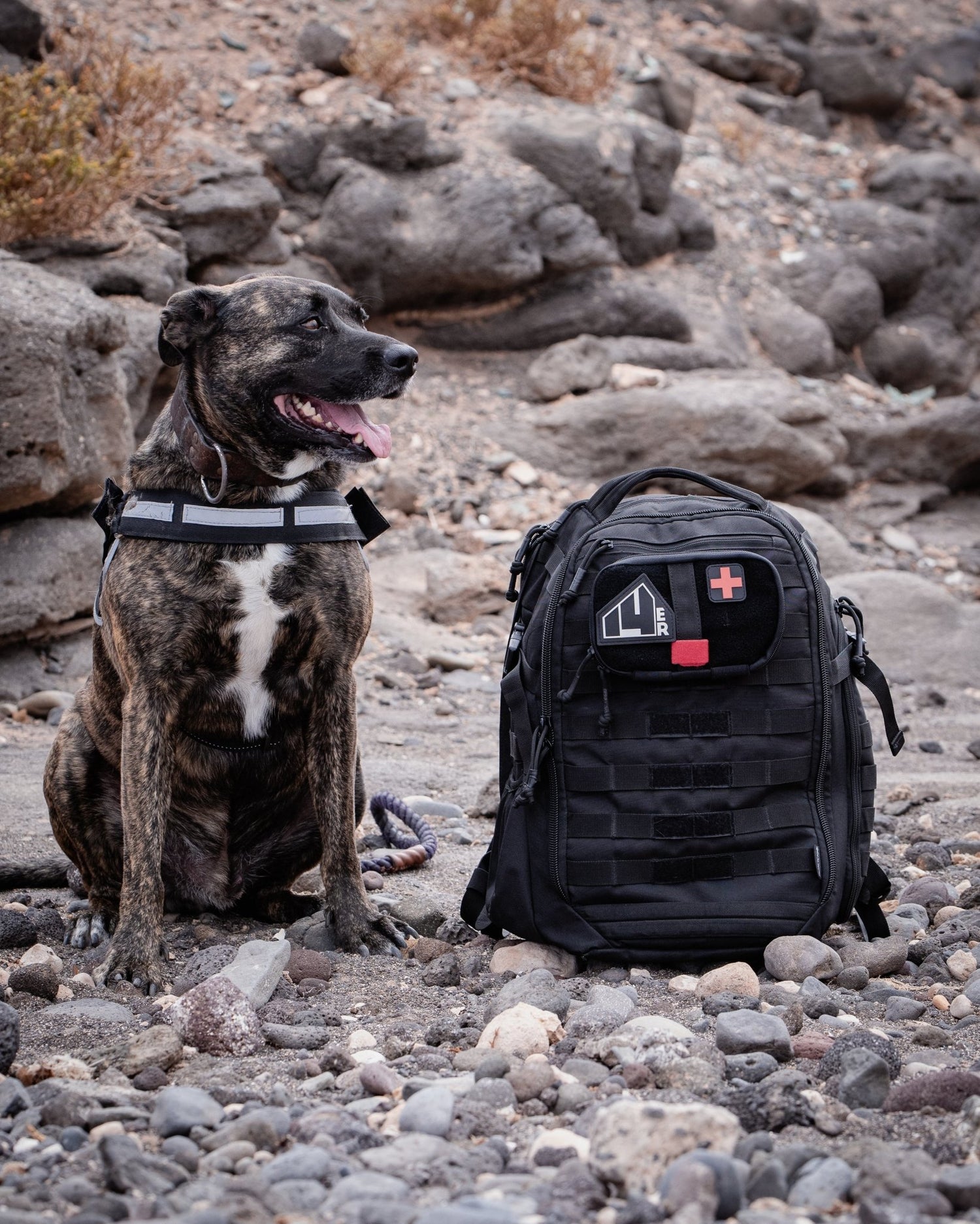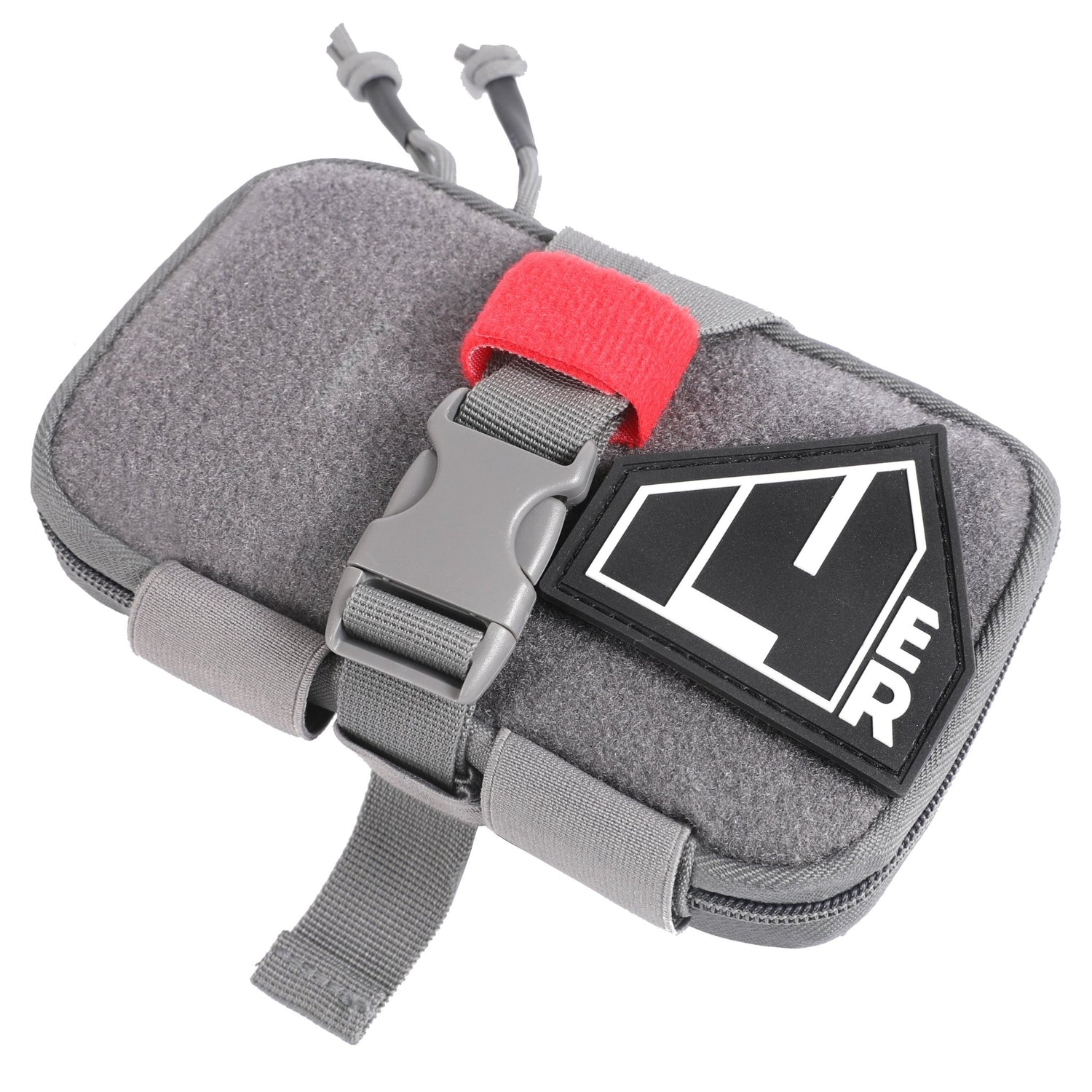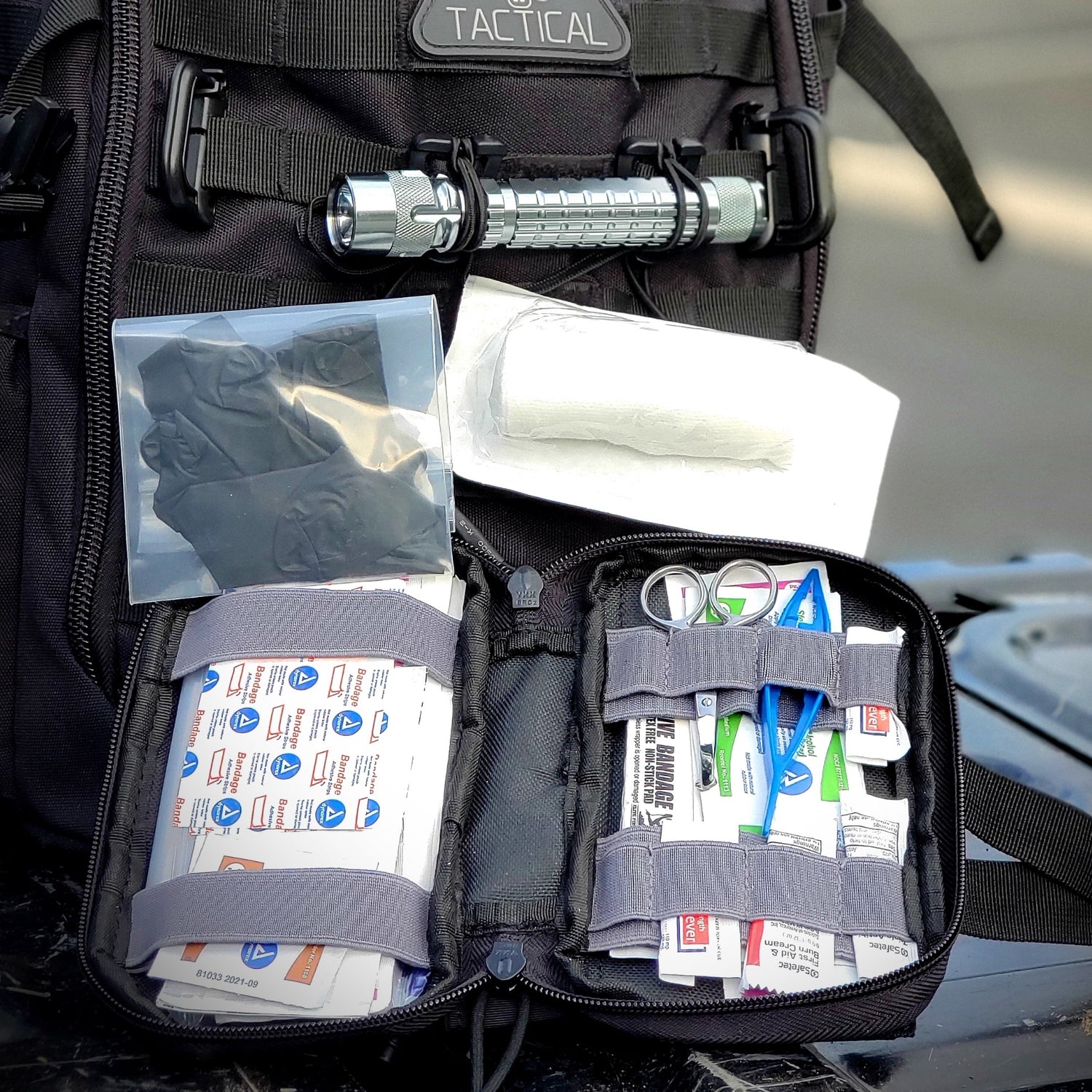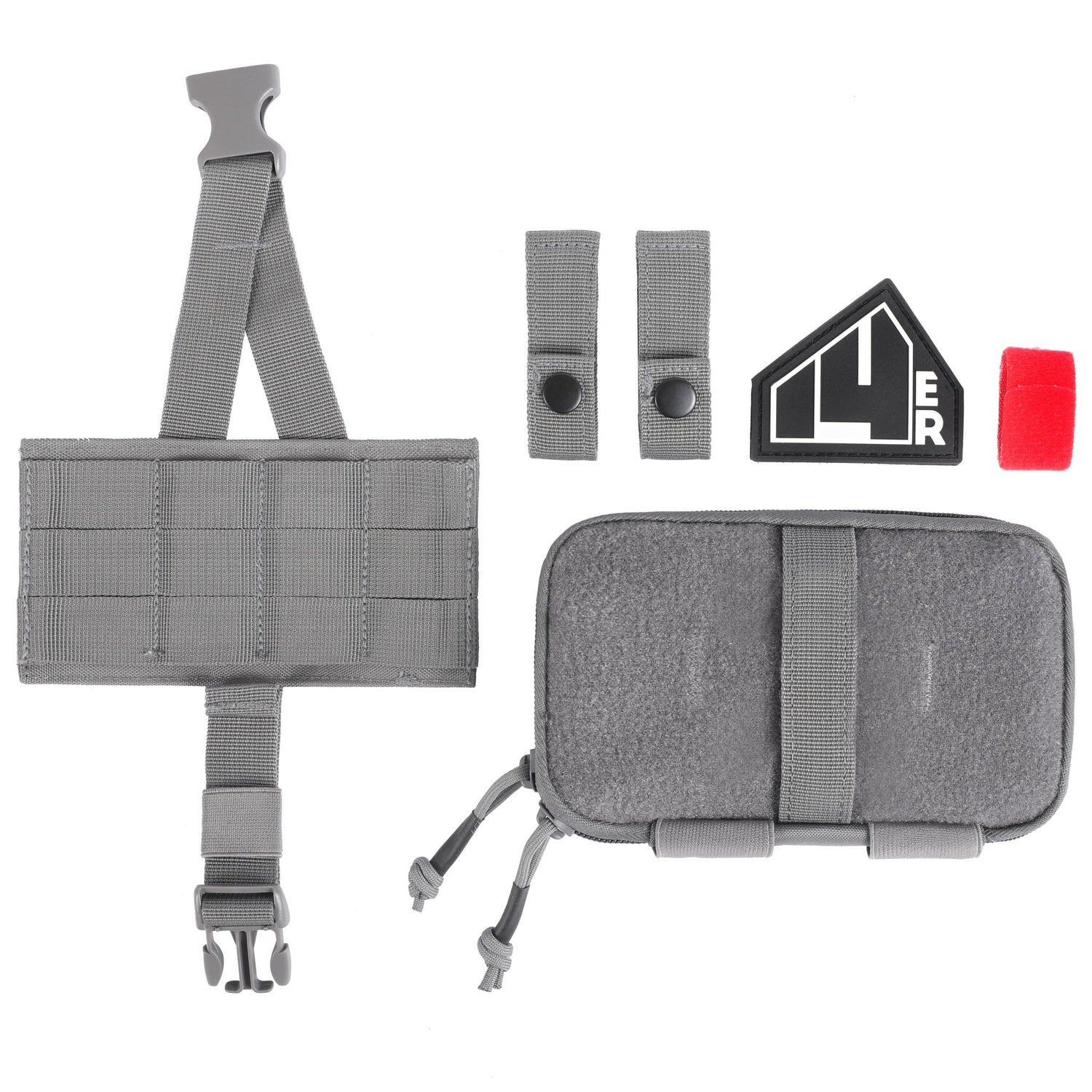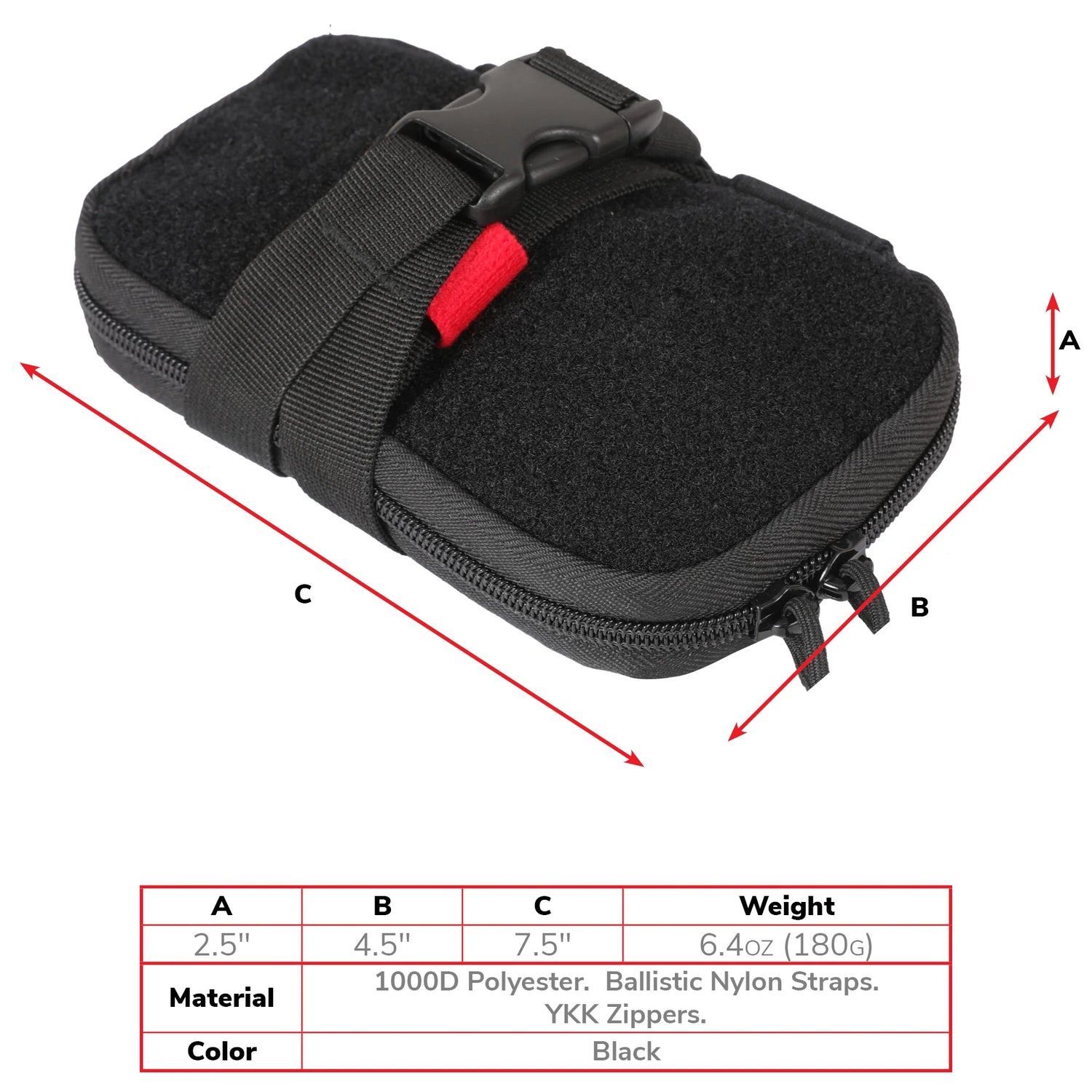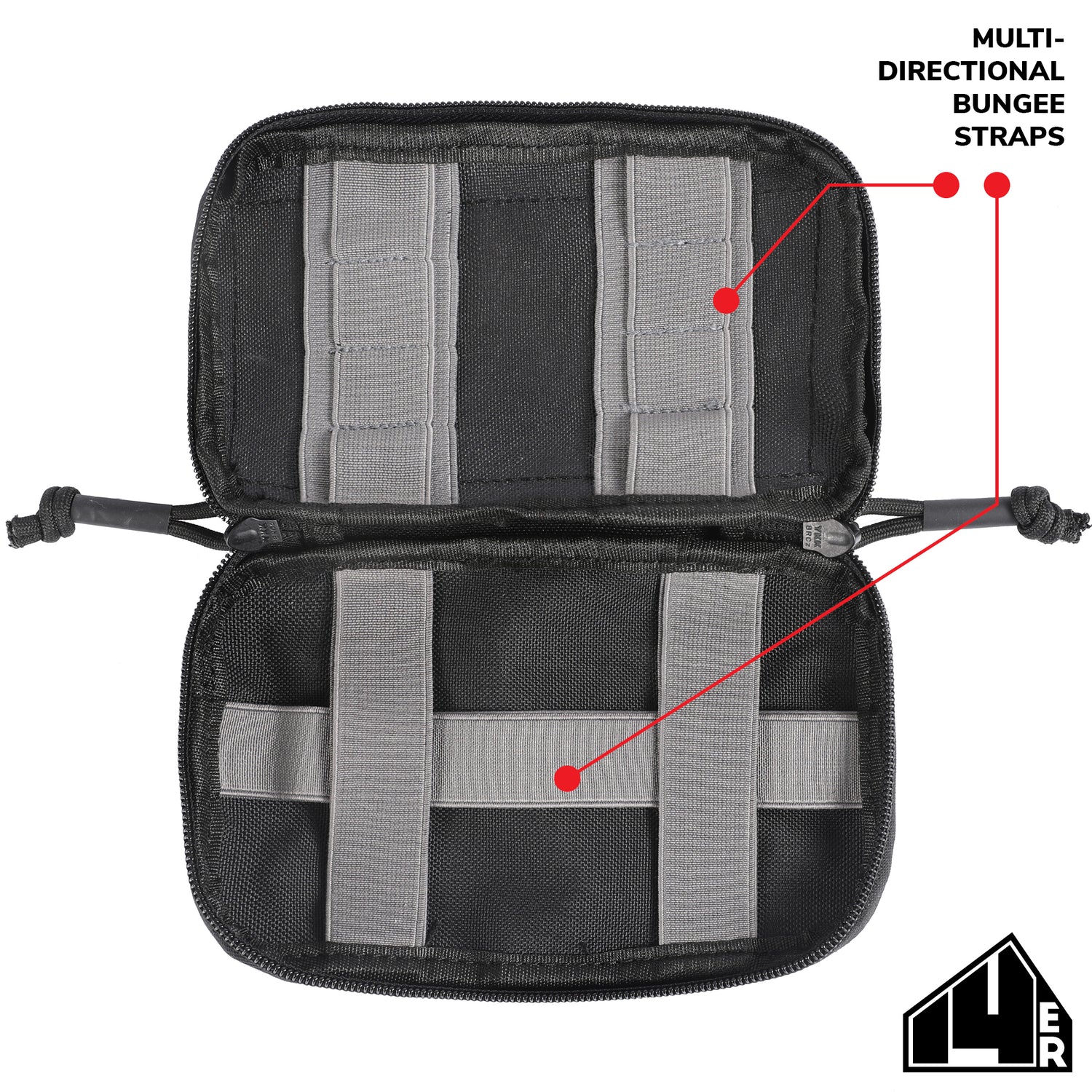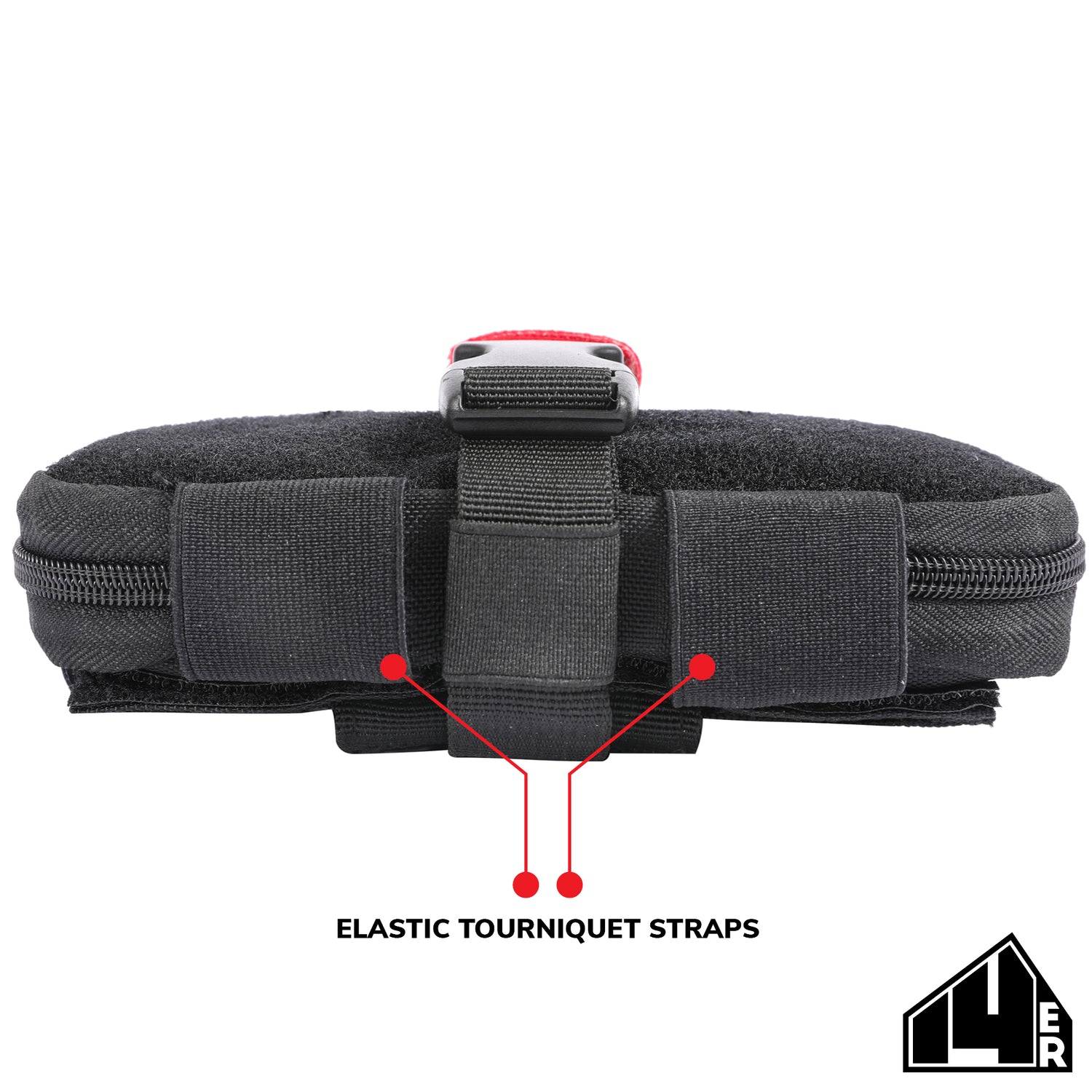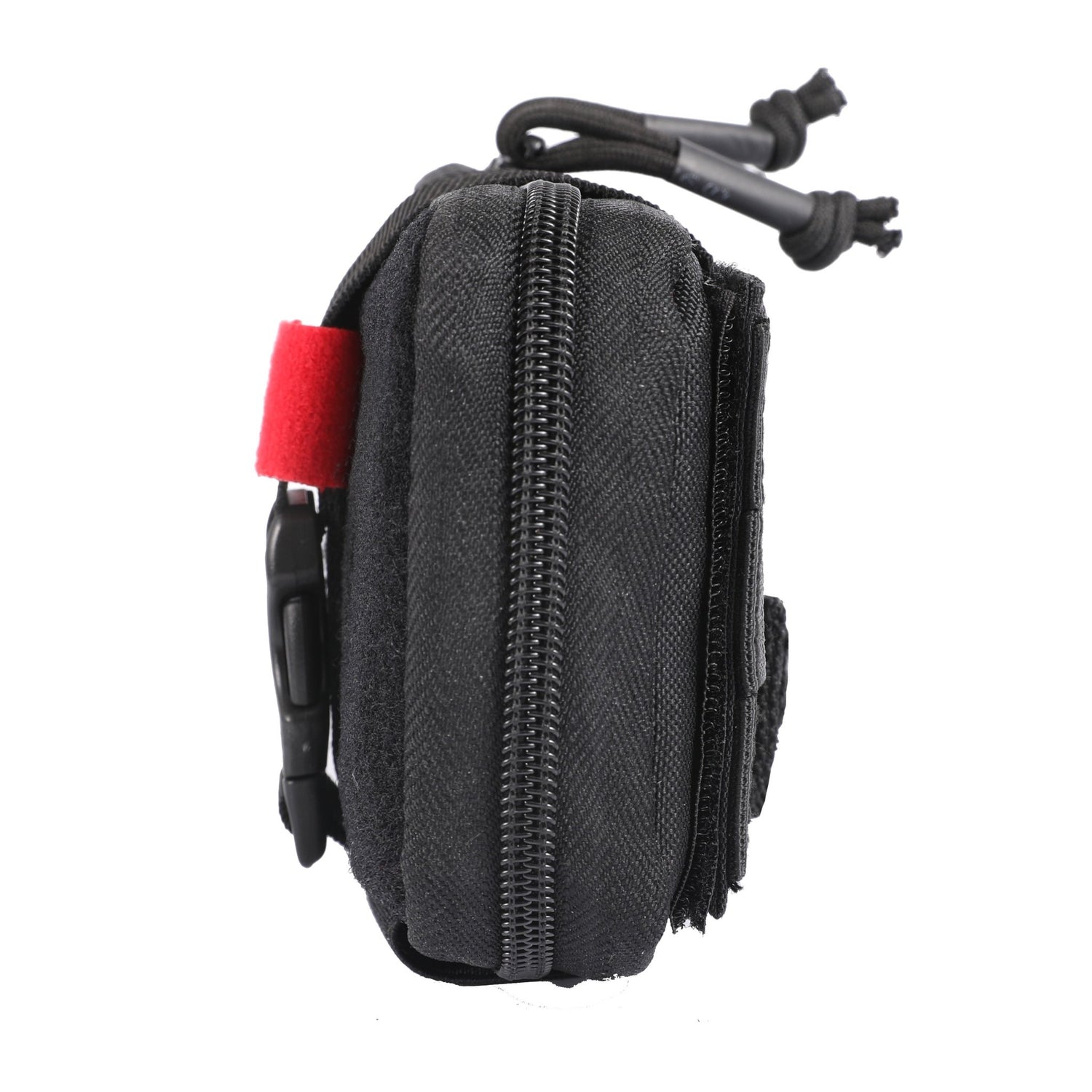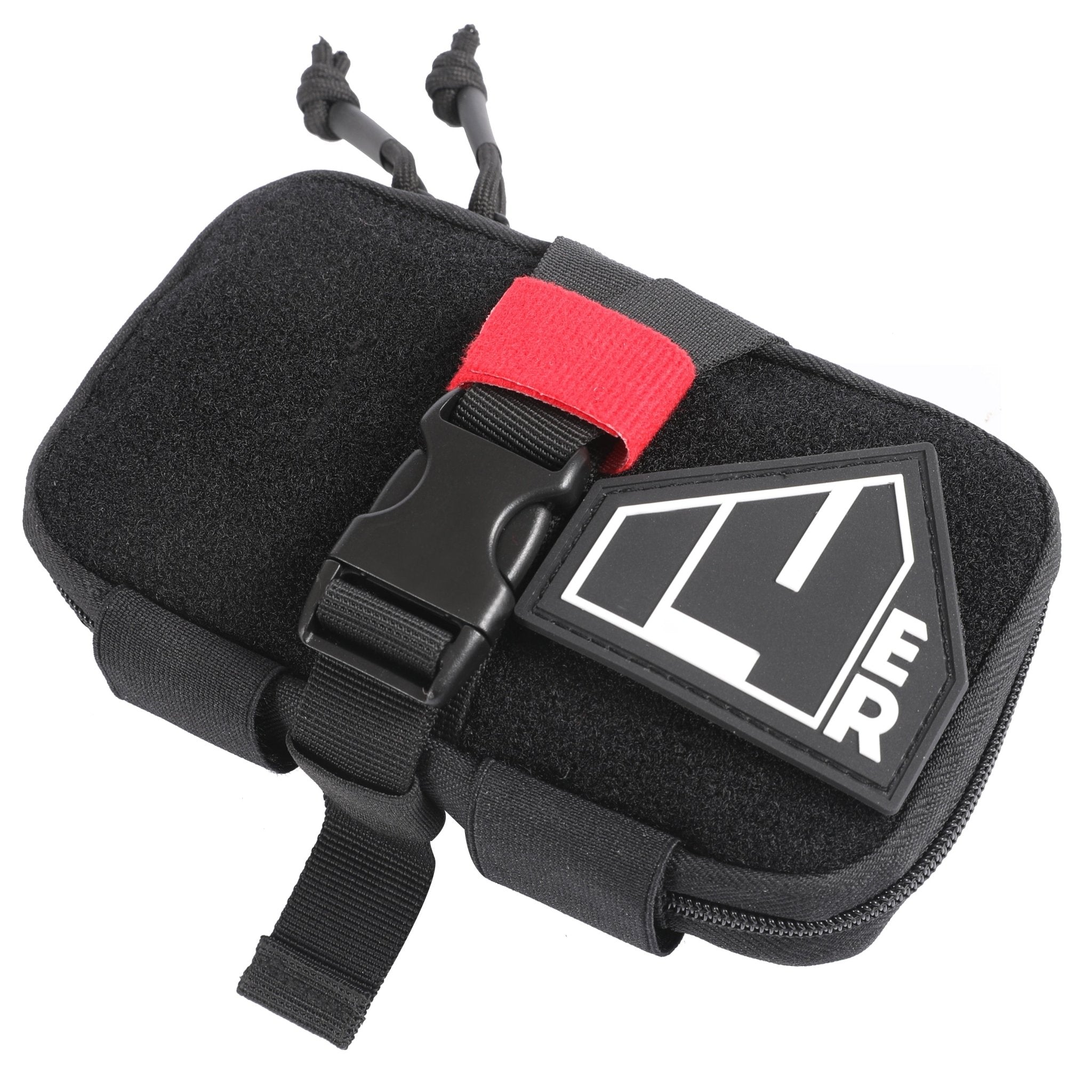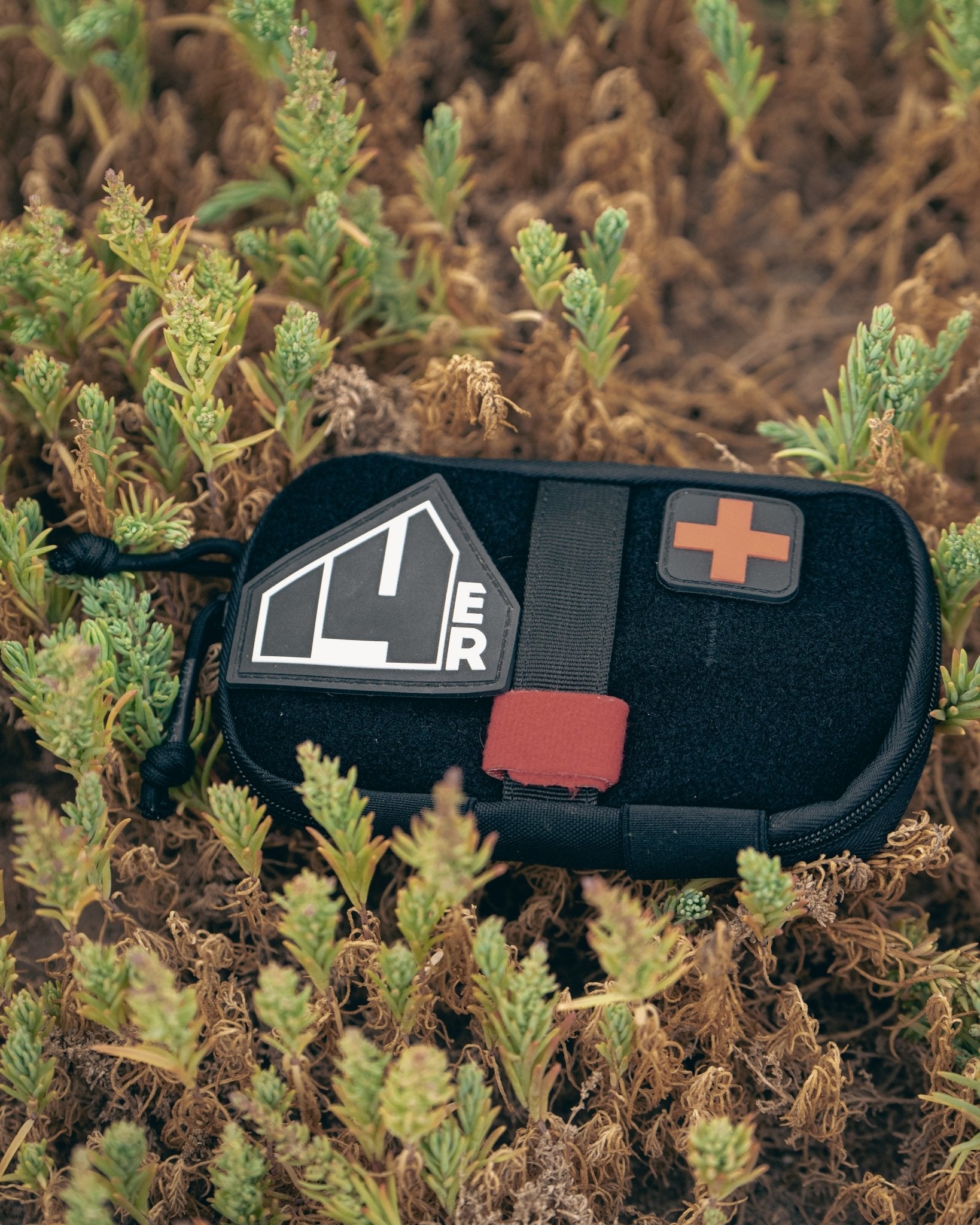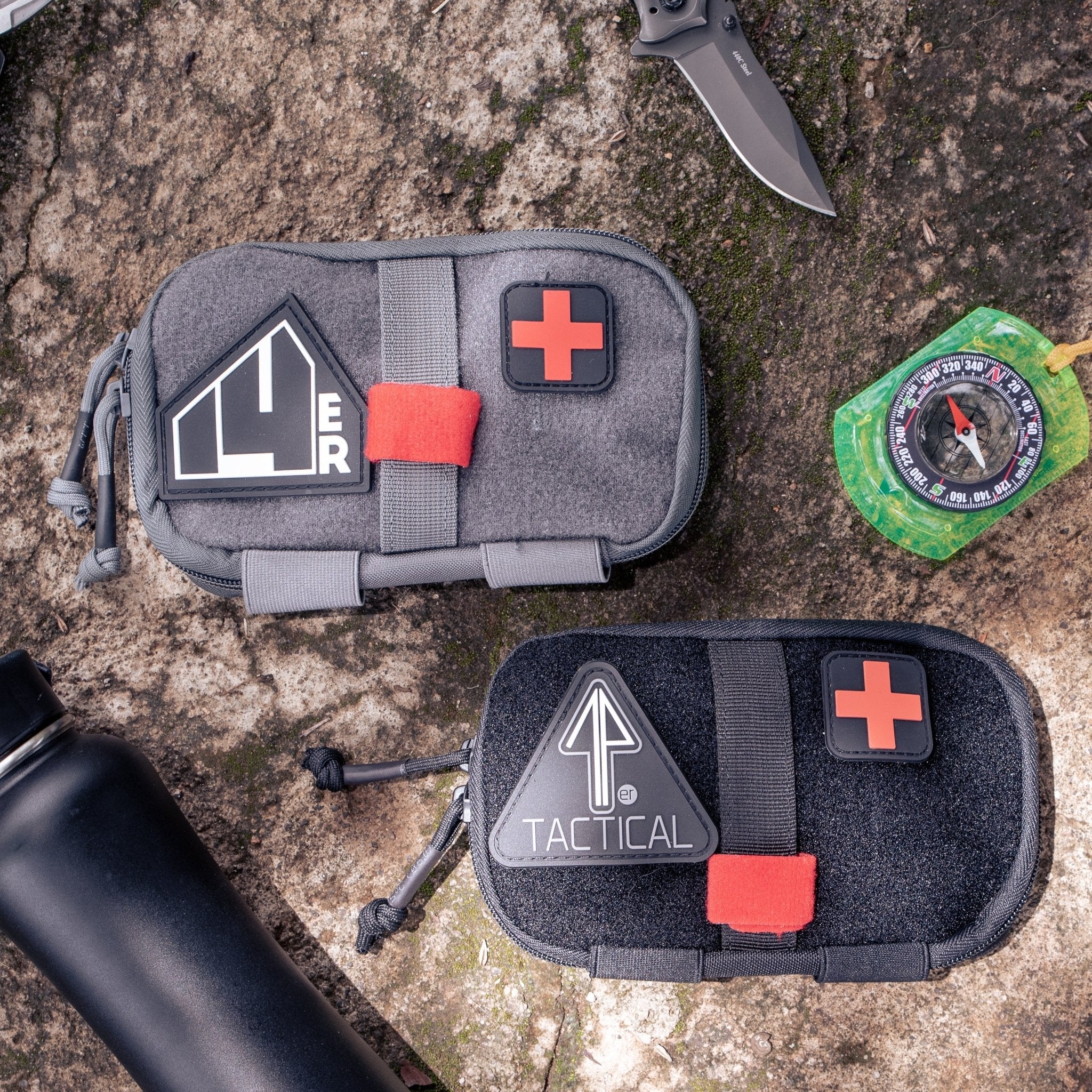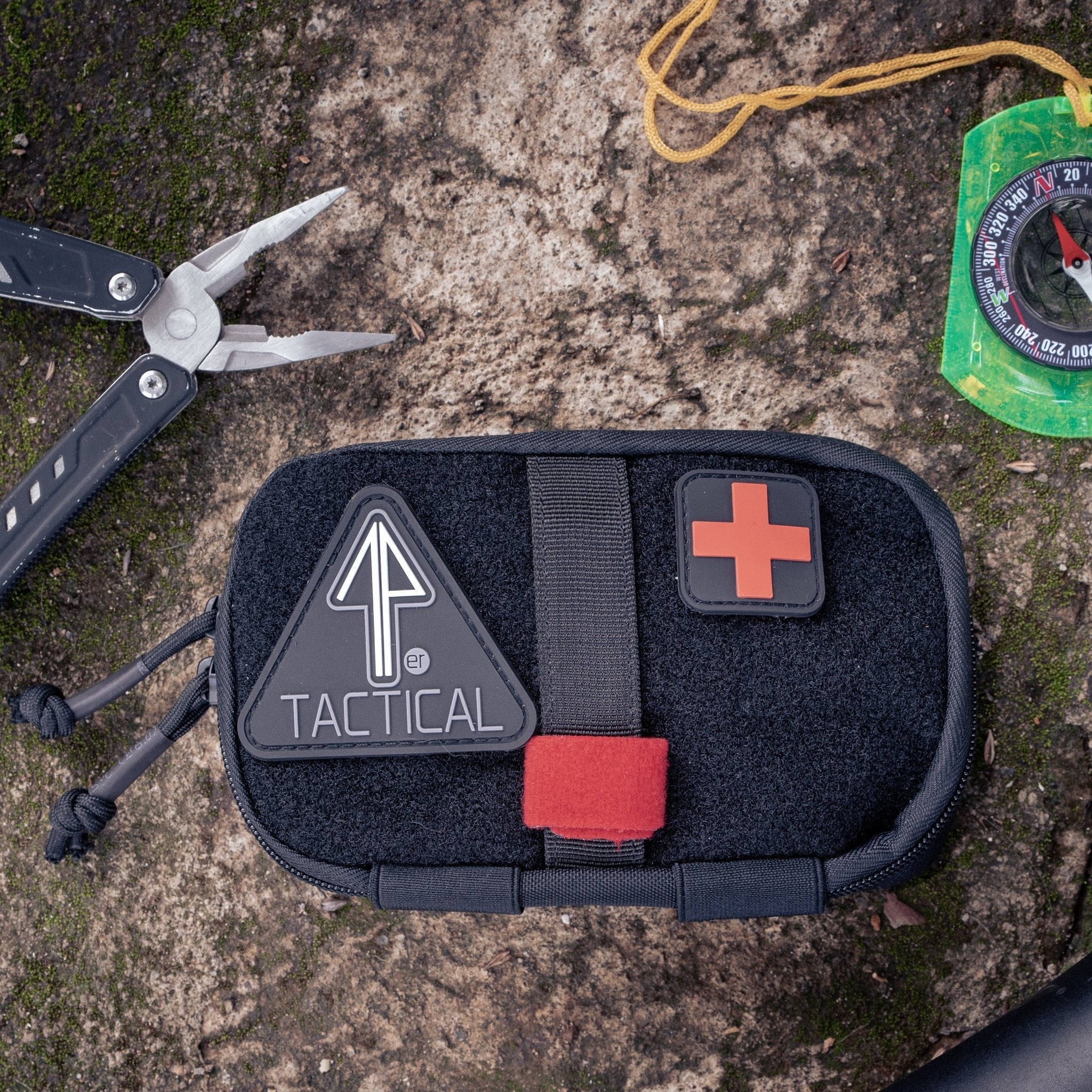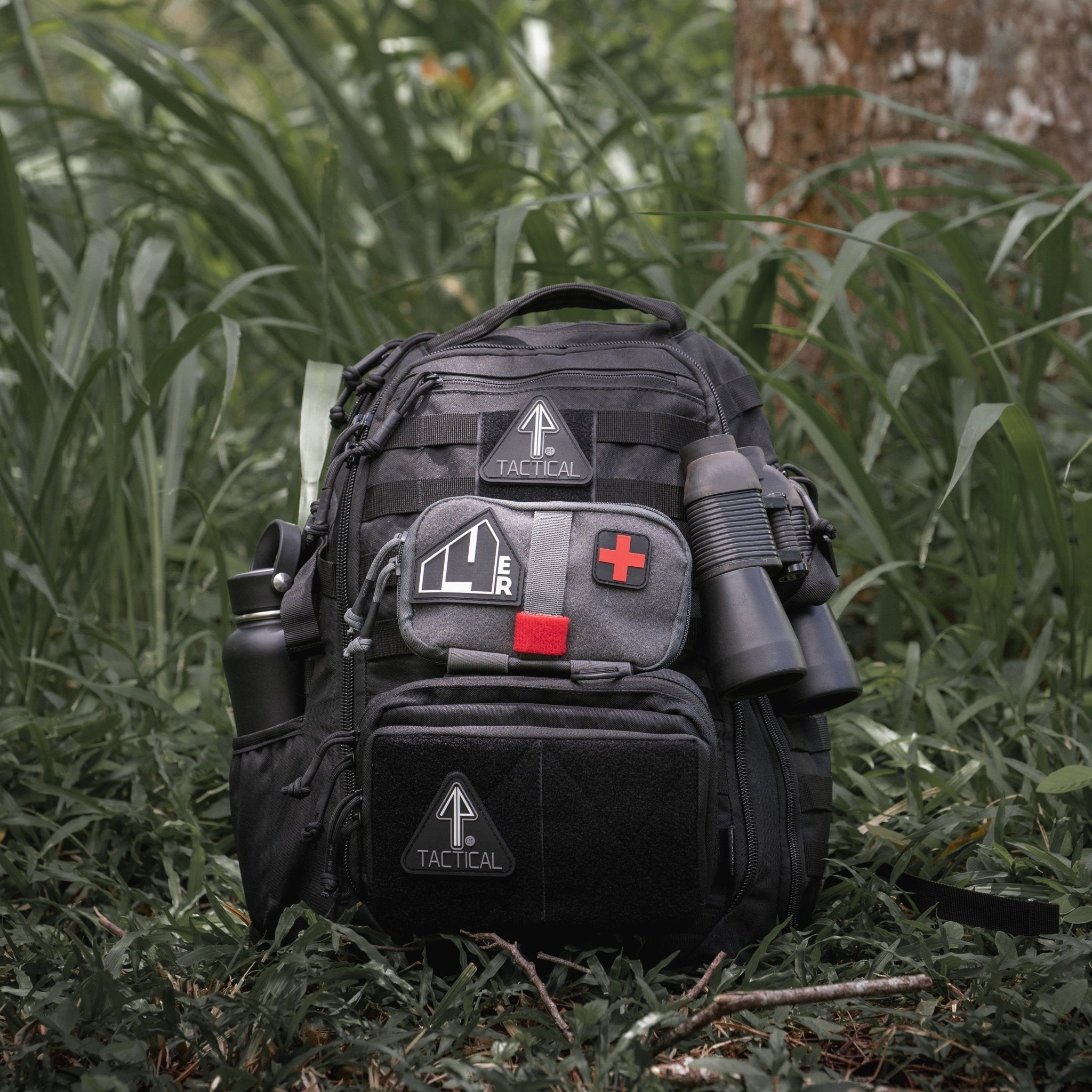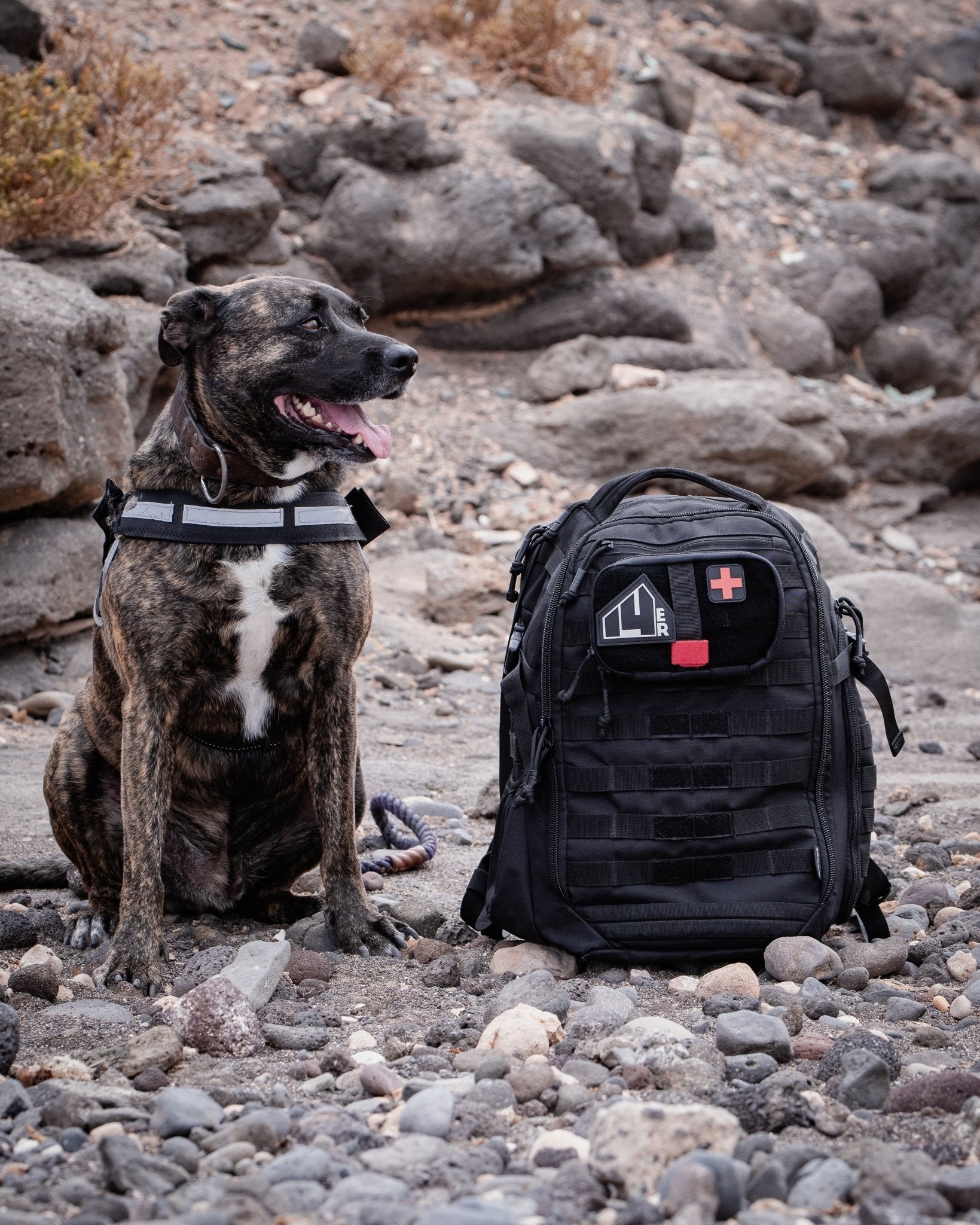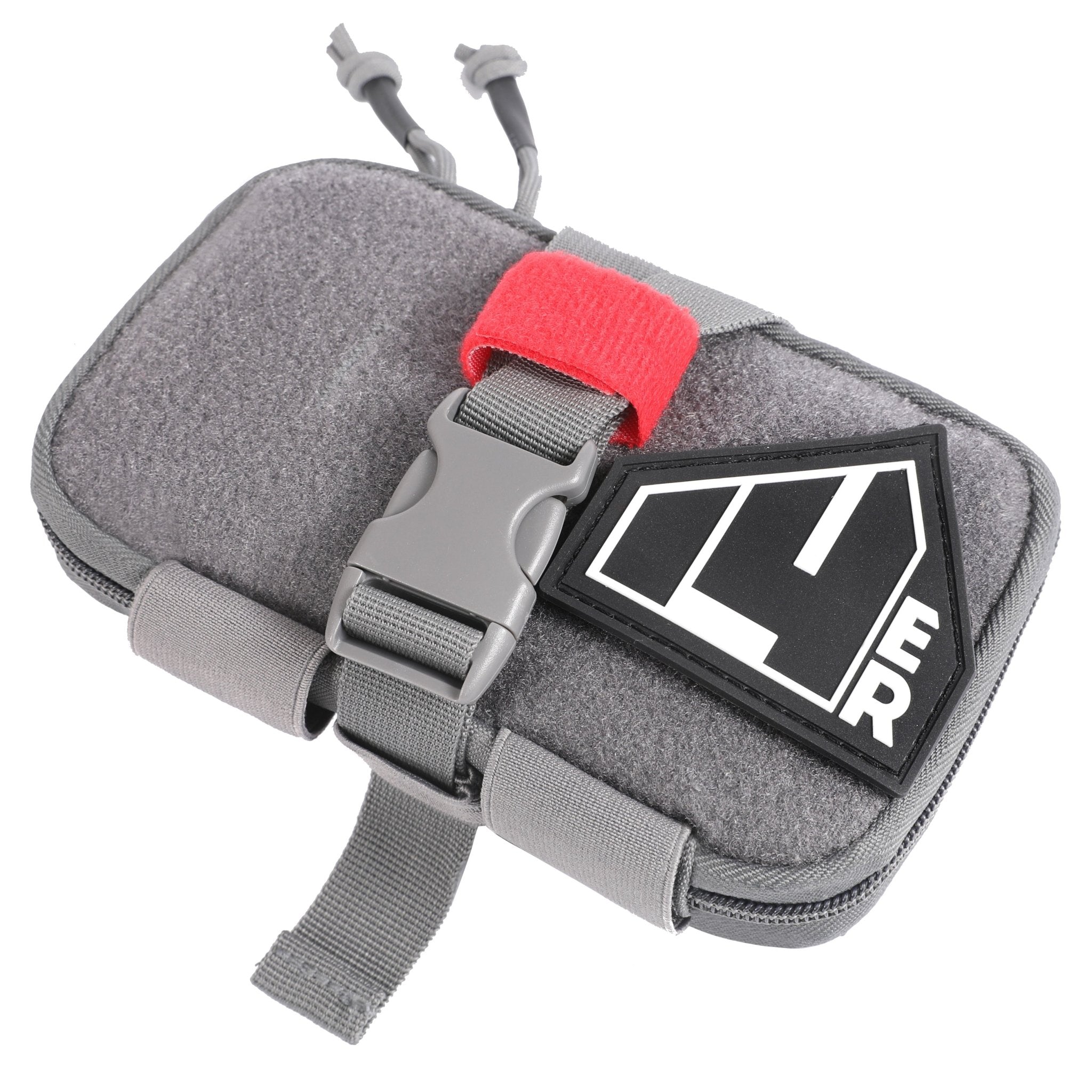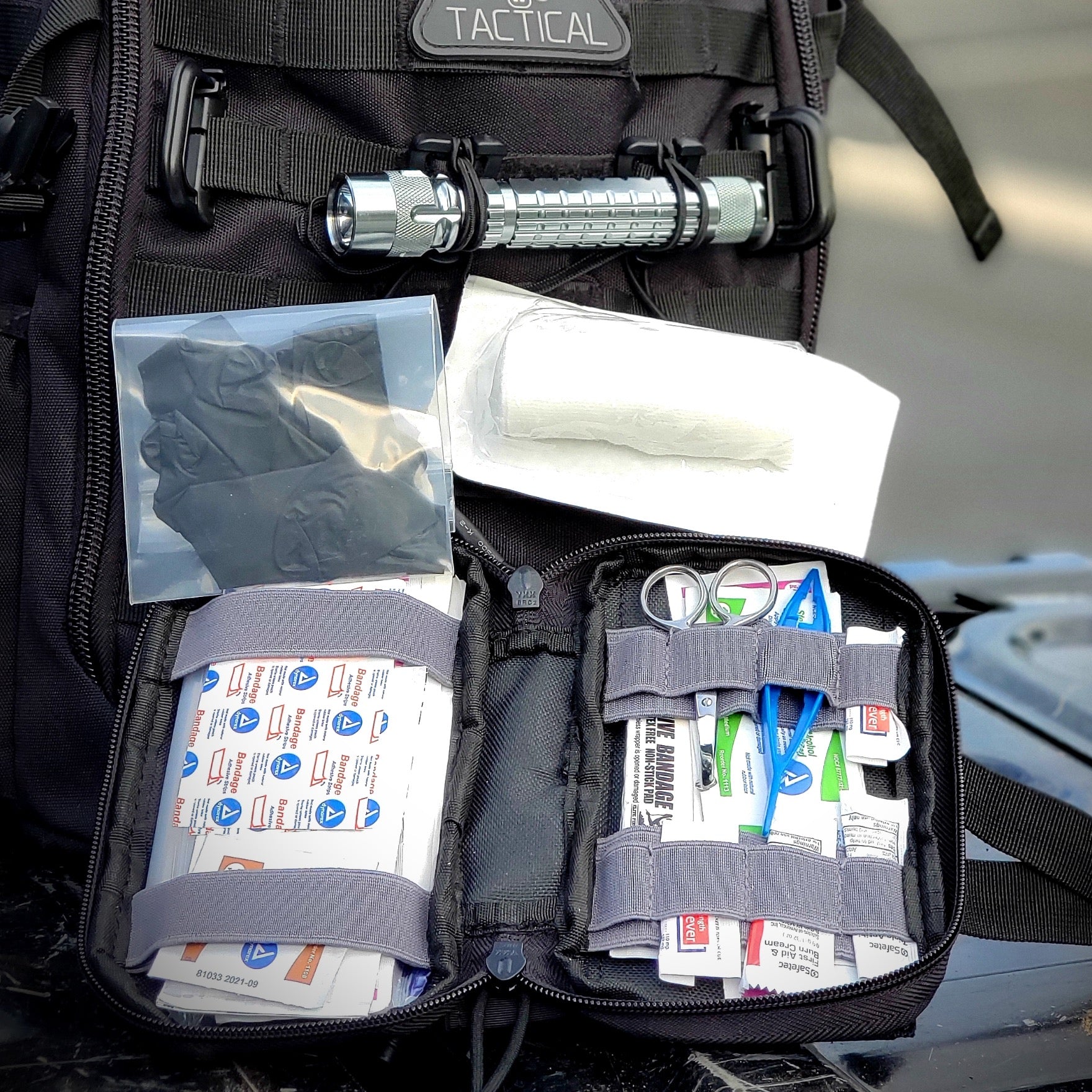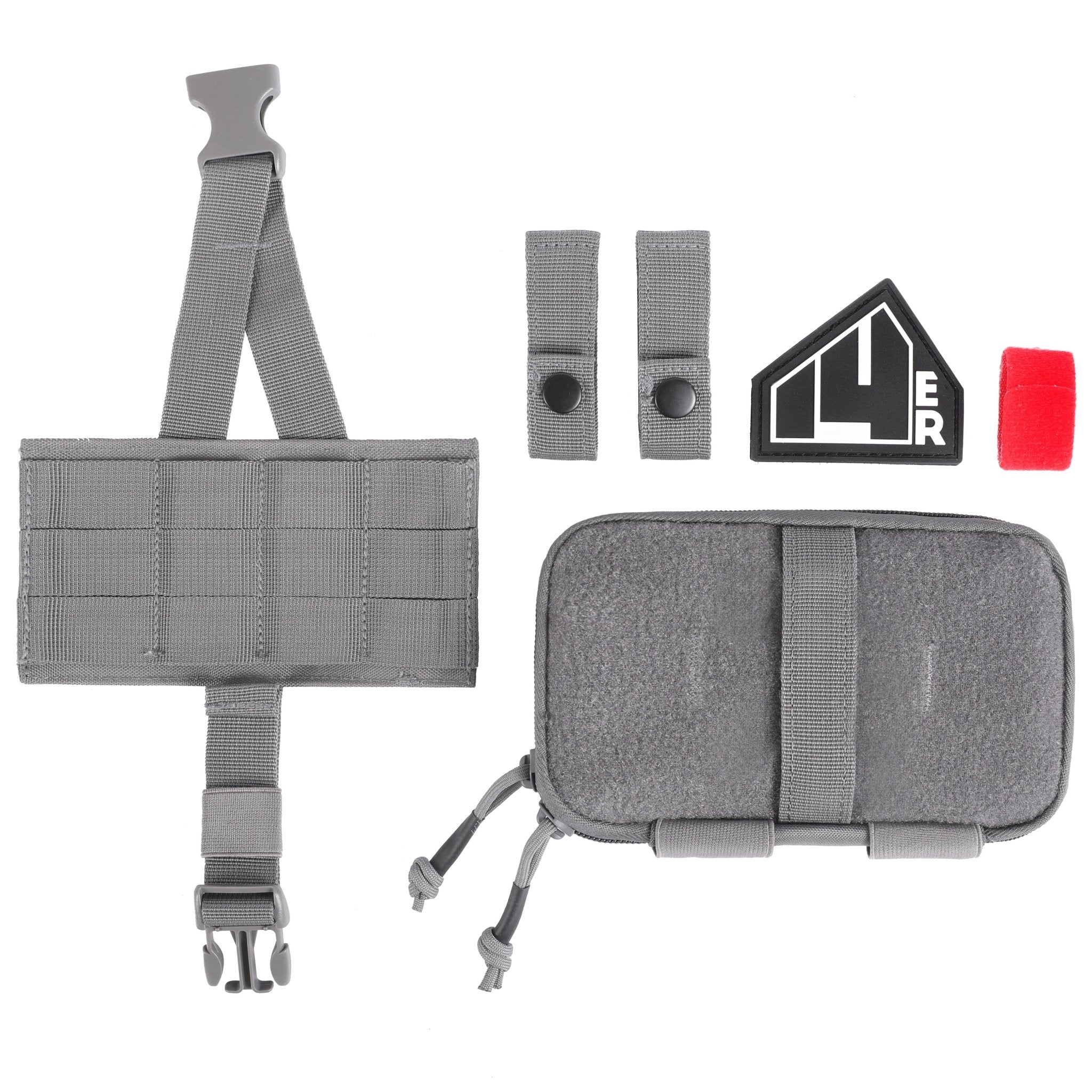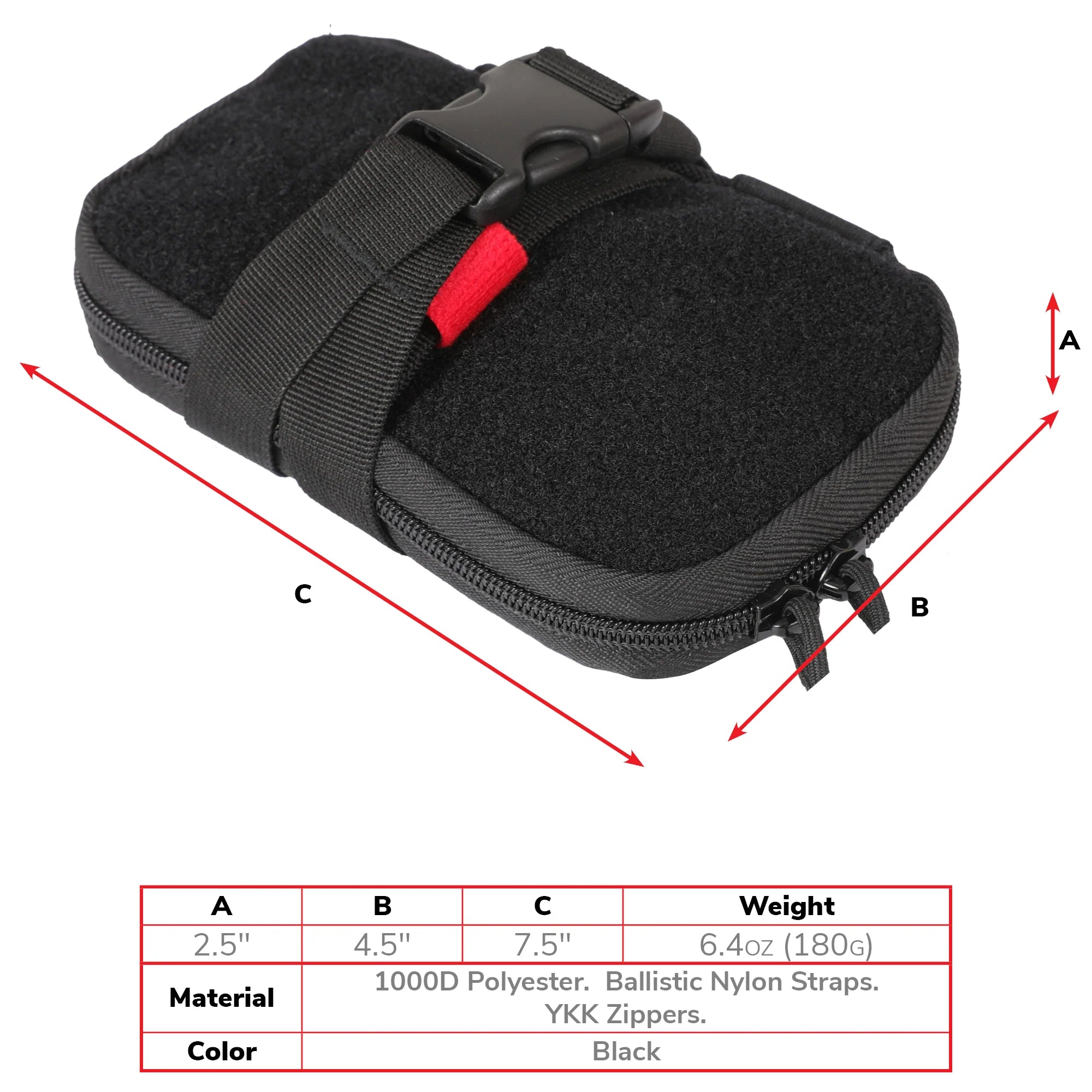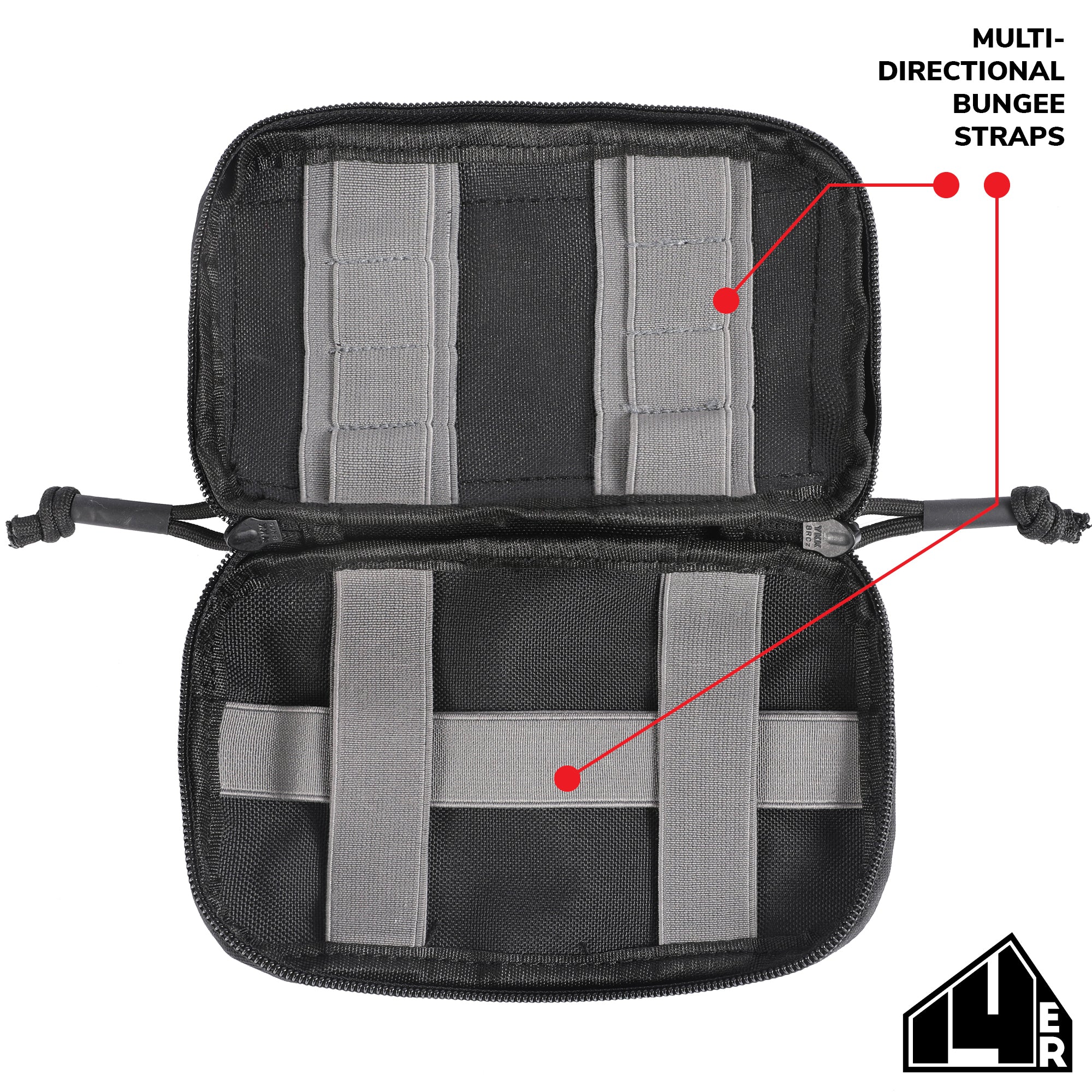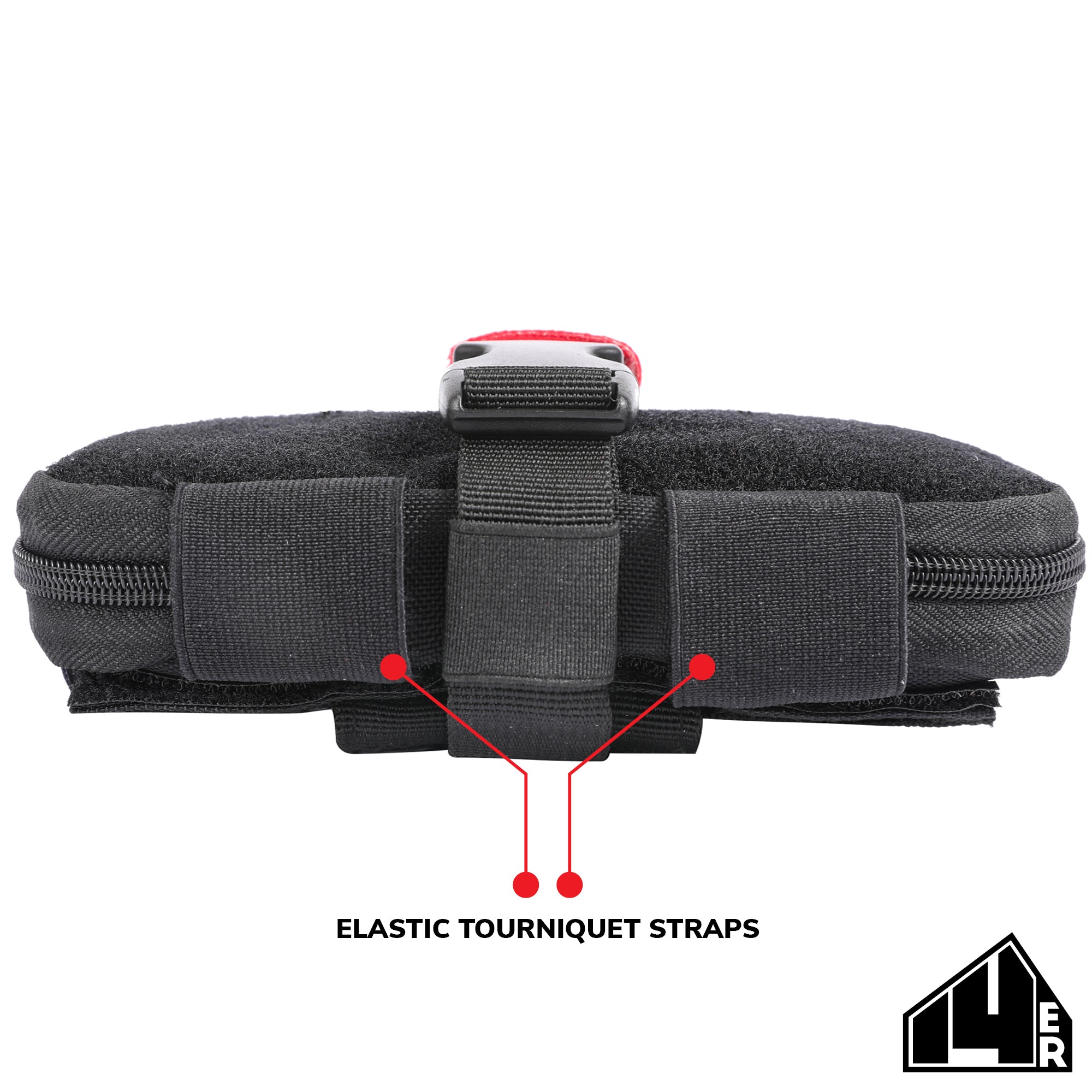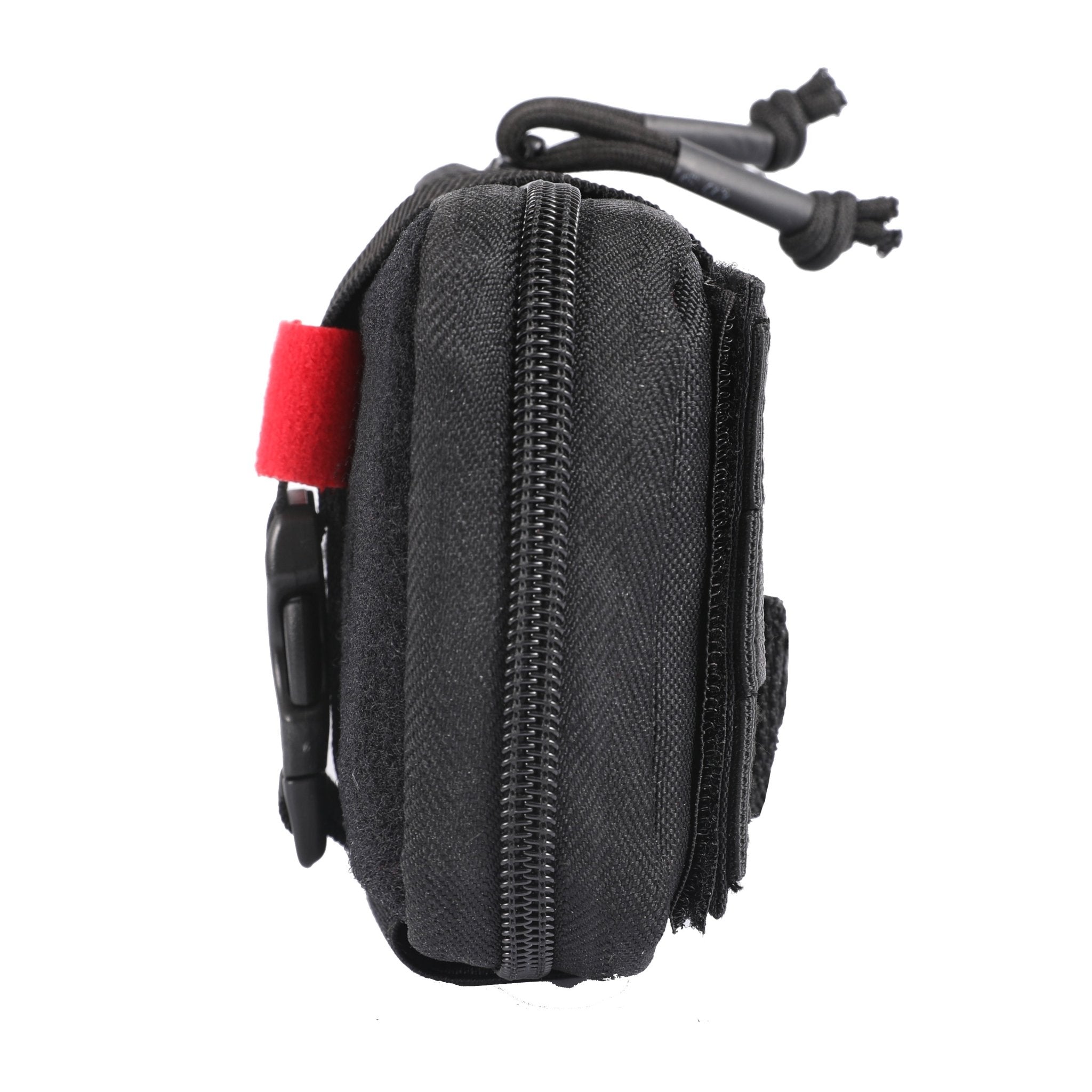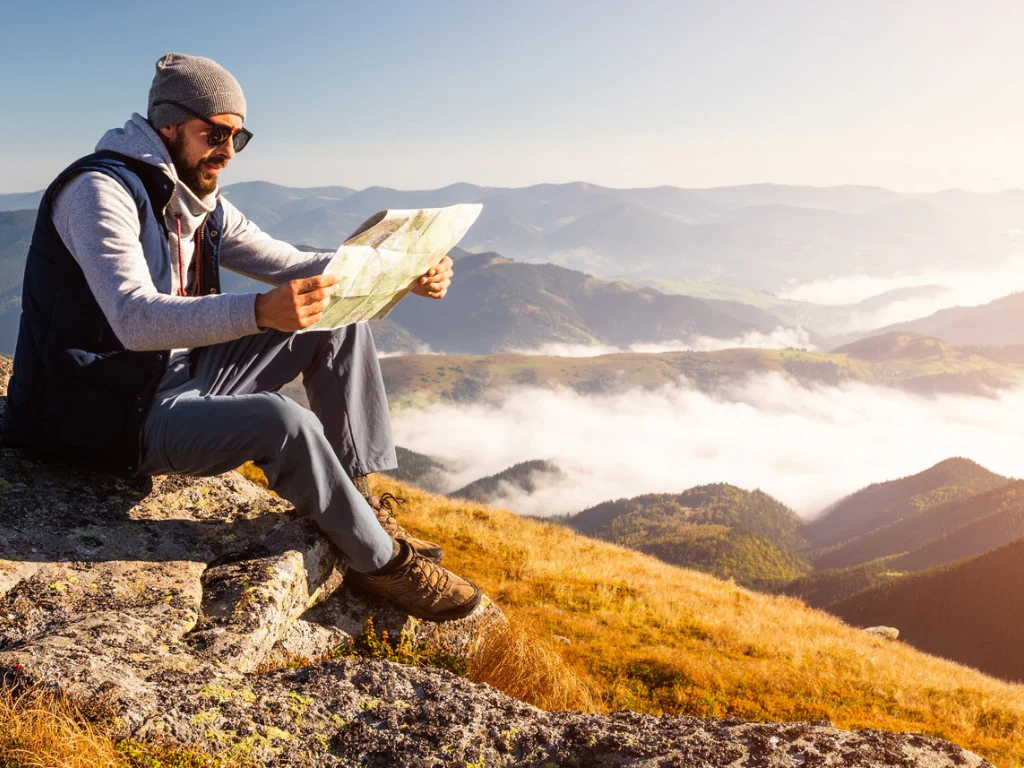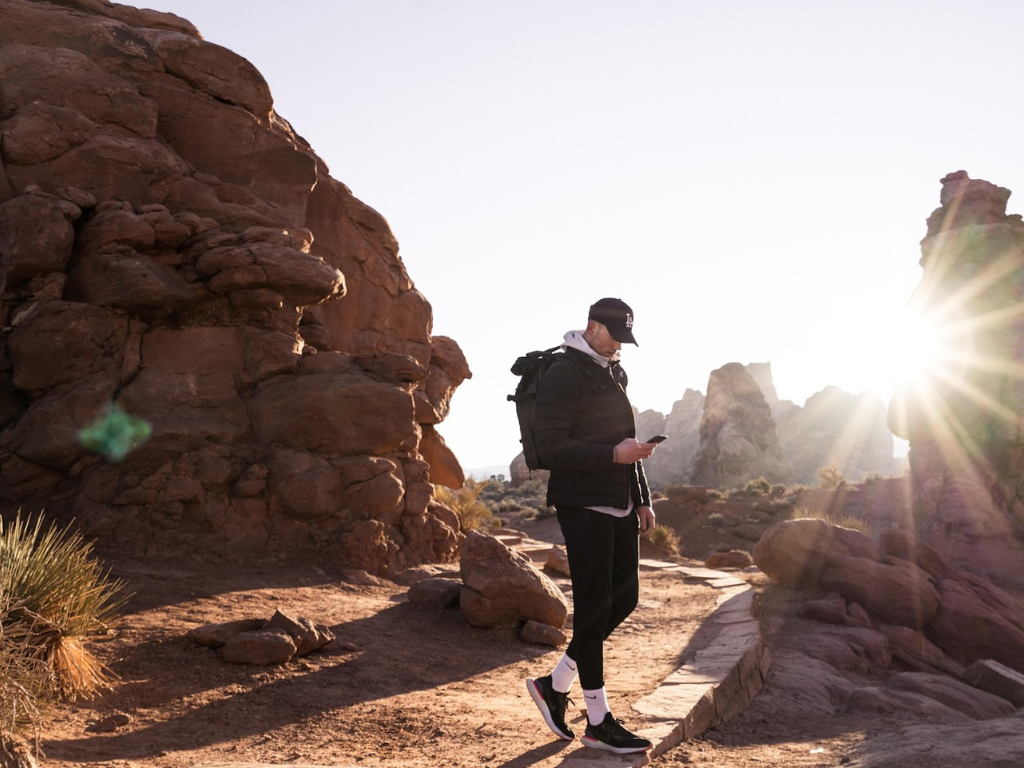
Embarking on a mountain adventure is thrilling, but it also demands a deep respect for the unpredictability of nature. Even the most experienced hikers can find themselves in challenging situations when things don’t go as planned. That’s why mastering a few essential survival skills can make all the difference. In this guide, we’ll cover the key strategies you need to know to stay safe when the unexpected happens on the trail.
Assessing the Situation
When something goes wrong on the trail, your first and most critical task is to stay calm. Panic can cloud your judgment, leading to mistakes that might worsen the situation. Take a moment to breathe deeply, gather your thoughts, and evaluate your surroundings.
Ask yourself these questions:
- Are you lost or just off course?
- Is anyone injured?
- What resources do you have at your disposal?
This mental check-in allows you to prioritize your needs—whether it’s finding shelter, sourcing water, or navigating back to safety. Remember, a calm mind is your greatest asset in any survival scenario.
Navigating Back to Safety
Losing your way in the wilderness can be terrifying, but it’s crucial to avoid wandering aimlessly. If you’re lost, the best strategy is often to stay put and try to retrace your steps mentally. If you’re unable to do so, it’s time to rely on your navigation tools.
Even in this digital age, a map and compass are irreplaceable. A GPS device is useful but can fail in remote areas due to signal loss or battery depletion. Understanding how to use a compass in conjunction with a topographic map is a skill every hiker should master. If all else fails, look for natural indicators like the direction of flowing water or the position of the sun to help orient yourself.
In a survival situation, exposure is often a bigger threat than starvation or dehydration. Whether you’re facing cold temperatures, rain, or intense sun, creating a shelter should be one of your first priorities.
Natural shelters like caves or dense thickets can provide immediate relief, but you should always carry basic materials to build your own. A tarp, emergency blanket, or even a poncho can be used to construct a makeshift shelter. If you have nothing, use branches, leaves, and other forest debris to create a simple lean-to.
Equally important is your ability to start a fire. Fire provides warmth, allows you to purify water, and acts as a signal for help. Always carry waterproof matches or a lighter, along with a backup fire starter like a magnesium striker. Gather dry tinder and progressively larger wood to keep the fire burning steadily. In wet conditions, look for dry material under logs or in the crevices of trees.

Sourcing Vital Resources
While you can survive for weeks without food, water is a non-negotiable. Dehydration can set in quickly, especially if you’re exerting yourself in the wilderness. Always carry a reliable water purification system, whether it’s a portable filter, purification tablets, or a UV purifier.
If you need to find water, search for streams, rivers, or natural springs. In an emergency, you can collect rainwater or morning dew, but always purify it before drinking to avoid waterborne pathogens. As for food, it’s wise to carry high-energy snacks like trail mix or energy bars. Foraging is an option, but it requires knowledge of local edible plants and insects. Unless you’re well-versed in survival foraging, it’s safer to rely on your packed rations.
Signaling for Help and Basic First Aid

If you’re unable to navigate back to safety on your own, signaling for help becomes your top priority. A whistle, signal mirror, or flashlight can attract attention from rescuers. During the day, use brightly colored clothing or gear to create visibility from the air. At night, flashlights and fires are your best signaling tools.
Injuries on the trail can range from minor scrapes to serious fractures. Knowing basic first aid is crucial in stabilizing yourself or others until help arrives. A well-stocked first aid kit, like our 14er Tactical IFAK (Individual First Aid Kit), is essential for treating wounds, sprains, and other common injuries. Clean and dress wounds to prevent infection, and use splints or bandages to immobilize any injured limbs.

Survival on the trail is about preparation, knowledge, and keeping a level head. By mastering these essential skills, you’ll be better equipped to handle unexpected situations and make it back safely. Remember, the best way to survive is to prevent dangerous situations before they happen—so always plan ahead, pack appropriately, and stay informed about the challenges you might face.
Whether you’re a seasoned adventurer or a beginner, being prepared with the right skills and gear will give you the confidence to explore the great outdoors, knowing you’re ready for anything that comes your way.


